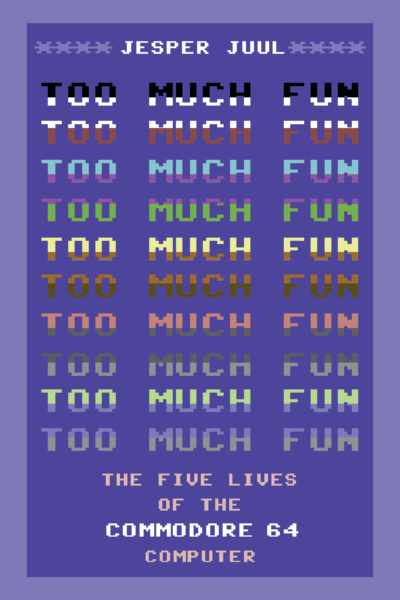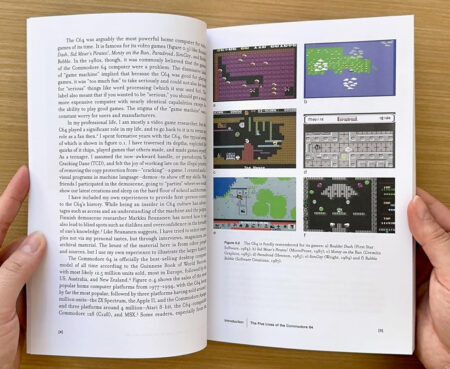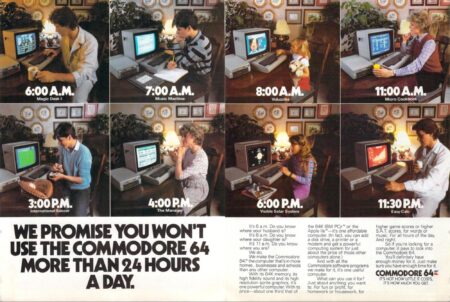 On the occasion of my new book Too Much Fun: The Five Lives of the Commodore 64 Computer, I am writing A History of the Commodore 64 in Twelve Objects, posted weekly from November 1st, 2024:
On the occasion of my new book Too Much Fun: The Five Lives of the Commodore 64 Computer, I am writing A History of the Commodore 64 in Twelve Objects, posted weekly from November 1st, 2024:
Object #7: The SID Chip – Commodore 64 Music
![]() It is said that writing about music is like dancing about architecture, but nevertheless: The 6581 SID (Sound Interface Device) chip of the Commodore 64 was designed by Robert Yannes in 1981. According to Yannes, he was inspired primarily by synthesizers, hoping to create a chip for use in other musical instruments.
It is said that writing about music is like dancing about architecture, but nevertheless: The 6581 SID (Sound Interface Device) chip of the Commodore 64 was designed by Robert Yannes in 1981. According to Yannes, he was inspired primarily by synthesizers, hoping to create a chip for use in other musical instruments.
In practice, the SID chip became the sound chip of the Commodore 64 and has the magical quality that it still sounds modern after 43 years. Why? Because it encapsulates the classic analog synth sound of simple waveforms (pulse, triangle, sawtooth, noise) played with an ADSR envelope, controlling the fade in and out of a particular note. There are also filters and ring modulation facility. The SID chip was an unusual combination of digital and analog components, and different versions and individual chips sound different. Just like analog synthesizers.
Though Yannes had hoped for more voices, time and physical constraints reduced the 6581 to three simultaneous voices (though developers later figured out how to play samples as well). The limited voices gave C64 music its characteristic fast and rhythmic arpeggio style, where chords are played by quickly playing its constituent notes in turn.
Oscilloscope view of Rob Hubbard’s Monty on the Run music.
Rob Hubbard’s Monty on the Run music is among the more famous pieces of C64 music, developing over time, and switching between impressions of different instruments. European video game orchestra events will often include Monty on the Run.
Danish Broadcasting Corporation Symphony C64 game medley
As C64 programming advanced, the famous composers, including Rob Hubbard, Jeroen Tell, Chris Hülsbeck, Ben Daglish, and Johannes Bjerregaard, learned to modify the properties of the individual voice on the fly, such that a given note could be a combination of multiple waveforms, or perhaps pitch bend or feature vibrato. As the image shows, individual voices were used to combine many waveforms, giving the expressive quality of later C64 music.
C64 game music was also distributed separately, ripped, from the original games they came from, and the C64 thus served as a media distribution platform before there was anything like MP3s.
What was your favorite C64 music?
Coming December 20th: Object #8 – Floppy disk (with pirated games)












 On the occasion of my upcoming book
On the occasion of my upcoming book 





 On the occasion of my upcoming book
On the occasion of my upcoming book 